Introduction

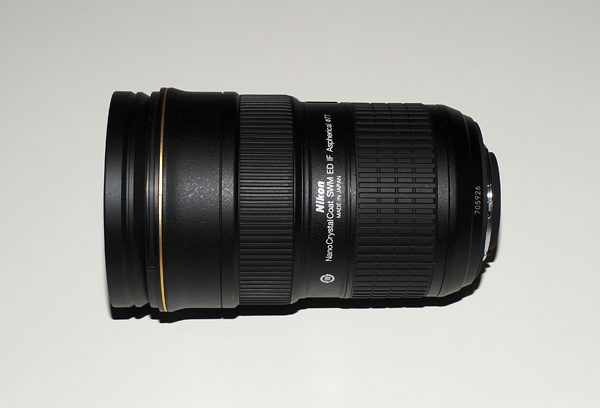
I’ve been shooting with the Nikkor AF-S 24-70mm f/2.8 G ED standard zoom lens on full-frame for several months now, and since I already know this lens pretty well I decided to write yet another review of this lens. This is a widely known lens and has been very well regarded as a reliable workhorse of many professional photographers out there, being particularly popular amongst photojournalists and event photographers. These last words are easily associated with the focal range of this lens, which allows to take a variety of shots from groups of people to full body portraits and even head shots.
The camera used in this review is a Nikon D700 full-frame DSLR. Here’s a couple of images of lens and body:


This lens was introduced in 2007 and has been untouched since then, both in performance and price, basically because the third-party alternatives failed to deliver in crucial aspects for professional photographers: AF speed, toughness and optical characteristics such as sharpness wide-open and bokeh, except for, maybe, the previous professional zoom lens Nikkor AF-S 28-70mm f/2.8 D ED that was a very good lens already and only needed an update. Only very recently has emerged a new contender from a third-party maker, the Tamron SP 24-70mm f/2.8 Di VC USD, which I had with me for less than a week – I was ready to buy the Tamron but exchanged it for the Nikkor – and couldn’t review for such short period of time, but it was a very nice lens and throws image stabilization as a bonus. Maybe Nikon is planning an update with VR? Since this lens was mainly designed to shoot moving subjects and the latest Canon addition doesn’t have IS as well, I’m not sure if VR is such welcome feature for pros.
The Nikkor employs 15 elements in 11 groups, with 3 of these elements being of ED type to reduce color aberrations and another element equipped with Nano Crystal Coat to take care of internal reflections. On the outside, the lens is a looker; such well crafted piece of metal gives you confidence for the roughest scenarios and it’s a pleasure to use in the field. The downside is that it is very heavy even on a body like the D700, but according to other users it seems to balance very well with a battery grip. Personally I don’t use a battery grip because I’m not a heavy shooter and don’t use the combo in portrait orientation very frequently, but I might add a grip in the future for the sake of the experience.
At a steep price of about 1600€, it’s about one third more expensive than the Tamron offer, but does the performance of the Nikkor gives the price any justice?
Technical Specifications
| Focal length | 24 – 70mm |
| Maximum aperture | f/2.8 |
| Minimum aperture | f/22 |
| Field of view | 84 – 34 degrees (on FX) |
| Weight | 900g |
| Dimensions | 133 x 83mm (155 x 83mm extended) |
| Optical construction | 15 elements in 11 groups (3 ED elements, 1 element with Nano Crystal Coat) |
| Aperture blades | 9, rounded |
| Filter diameter | 77mm |
| Minimal focus distance | 38cm (19.8cm from the front element) |
| Hood | HB-40, petal-shaped |
| Mount | Nikon F |
Mechanical Characteristics
| Zoom ring | Metal with rubber finish |
| Focus ring | Metal with rubber finish, no infinity stop |
| Focus throw | 74 degrees |
| Focus motor | Yes, Silent Wave Motor |
| Optical stabilizer | No |
| Front element rotation while zooming | No |
| Front element rotation while focusing | No |
| Internal focusing | Yes |
| Lens extension while focusing | No |
| Lens extension while zooming | Yes, up to 21mm |
| Maximum magnification | 1:3.7, at 70mm |
Handling
The Nikkor AF-S 24-70mm f/2.8 G ED is a huge lens for walking around on the streets and screams pro and expensive anywhere. It wasn’t designed for the amateur shooter, the tourist or the hiking afficionados, but instead, was developed for the event and photojournalism photographer with speed and optical performance in mind. I’m speaking about this because it seems that I did the wrong choice: I’m not a pro, I rarely shoot events or other “high responsability” services, and I’m basically a walk around shooter that loves to travel and doesn’t love carrying heavy weights very much. That said, I had sold many of my cheap lenses and had funds, so I wanted the best possible lens for my most used focal lengths in the last years – from about 28mm to 70mm. So that’s when the Tamron offer arrived; I tried it for less than a week but I ended finding it not very ergonomic because it’s a big fat lens, always felt that I had paid too much for the plastic build, and didn’t like the 82mm filter size. The VC was a nice feature for an amateur like me but I lived well until then without image stabilization, so it wasn’t crucial to me. In the performance area I found that it was something better than the zoom lenses I had before, but things like AF speed and bokeh left some buyers regret in my mind; for the money I guess I was expecting more. So I decided to take the plunge and ended paying 500€ more on the Nikkor and returned the Tamron back to the store.
The Nikkor felt more comfortable on my left hand due to its compact size and that way I seemed to have better shooting technique, because I could have a firm hold on the lens that never did with the Tamron. The Nikkor is very long for a standard zoom lens but the real problem is its weight. At 900g the lens alone, it’s not anymore the friendliest travel lens that I had before with the Nikkor AF 28-105mm f/3.5-4.5 D, but now it’s a complicated beast to carry around and I quickly had to forget walking around with a wrist strap, or I might end injured. Now I carry the combo with a nice leather strap put diagonally around my body and support it with my right hand just in case if something goes wrong. As I said, the length of the lens is not a problem but the weight is. If you’re thinking of getting this lens for your new D600, you could be in for an unpleasant surprise of severe front-heaviness. Anyway, whenever I come home after a day shooting out there and watch the results on my monitor, I quickly forget all the sacrifice because the output is so fine looking.
When using the Nikkor with the supplied lens hood, the overall length remains constant because the lens hood is attached to the fixed part of the lens. The moving part of the lens extends when zooming towards 24mm and towards 70mm. The length is lowest at 50mm. Nikon were clever about the way they designed the zoom mechanism, because since the lens extends much more towards 24mm that towards 70mm, in the end it is the right thing to do because that way it minimizes the risk of adding vignetting at 24mm due to the lens hood. By the way, the hood is a sturdy piece of quality plastic that is very hard and doesn’t bend. The Tamron design is the regular one: the length is lowest at 24mm and highest at 70mm, and the hood is attached to the moving part of the lens; hence, its total length varies with the zoom setting.
The Nikkor is a very fast lens regarding AF speed and never hesitates even in low light. It will focus on the subject in the lowest light available until there’s nothing to focus on, and only then the lens begins to hunt. It’s a joy to use it in continuous focus tracking when following people on the streets or other moving objects. Therefore, if you absolutely need a fast standard zoom lens (and I don’t mean the aperture), this is the lens you need.
So now let’s find out below more in deep what this lens is about.
Resolution
For the resolution test I shot the 5 Euro bill as usual. Focus was achieved using Live View to avoid auto-focus imprecisions and to compensate for possible field curvature issues.
The first column shows a crop of the image center, the corner crop is on the second column and the third column shows a crop of the extreme corner. Each row represents an aperture setting, from f/2.8 to f/22 in full stops. Here are the results:
24mm

At 24mm the center resolution is already excellent at f/2.8 and only starts to get worse at f/16 due to diffraction. The corner and border resolution never reach the same level and sharpness is even slightly disappointing at this focal length at the corners. The edge-to-edge resolution is acceptable but nothing to rave about, and stopping down doesn’t improve things much around here.
I was curious and thought that usually my real world photos are better than this, so maybe it could be an issue related to the focus distance. So I decided to test the resolution on long distance shots. I will follow up the short distance test with a new long distance test shot to check for any differences.

It seems that after all the resolution at the corners is really lower than at the center, even when stopping down to f/8, but the good thing is that it’s slightly better than in the short distance shot. From f/8 and down, the sharpness is acceptable for landscape photography but the resolution levels are far from any prime lens especially in the corners. Another thing is that long distance shots never have so much vignetting.
35mm

At 35mm the lens delivers excellent sharpness in the center and borders, but never reach the same level at the extreme corners in the short distance shot.

It can be seen that in the long distance shot the resolution across the board is excellent but suffers a little only at f/2.8 in the extreme corners. Overall it’s still better than at short distances.
The resolution in this focal length increased very much compared to the resolution at 24mm and it’s very good already at f/4 across the board.
70mm

At 70mm the sharpness at f/2.8 is excellent in the center but there’s a penalty in the borders that only recovers at f/8. The extreme borders are very good from f/11 and beyond.

Once again, the sharpness difference from center to extreme corners is not so noticeable in the long distance shot and the main differences from f/2.8 to f/8 are mainly in the amount of vignetting.
In summary, the resolution characteristic of this lens clearly indicates that this lens is clearly geared towards events and photojournalism professionals with excellent rendition from medium to telephoto ranges and less so at the widest focal lengths. There’s also much more vignetting problems on very short distance shots even using moderate apertures, but in real world photos, which most of the time mean medium to high distance targets, both resolution and vignetting are very well controlled.
The Nikkor is widely known to be a lesser performer, or even described as being quite bad from some users, at 24mm. That is my experience too. If find that the sharpness across the board improves a lot from about 28mm and peaks at 50mm. In my real world shots I’m always pleased with sharpness at the center at every focal length and I just make sure I stop down to at least f/8 on general landscape photography.
If I need to shoot at f/2.8 at 24mm I do it without thinking twice. Here’s an example at 24mm and f/2.8 that I took recently inside a church:

The photo was taken at ISO 640 and has been resized only.
Personally, I which that this lens were better at 24mm than at 70mm because I shoot wide most of the time. In the few days I had the Tamron, it seemed to perform better at 24mm than at 70mm, so watch out the focal lengths you use more and what are most important to you.
If you absolutely need superb sharpness at 24mm, any prime will do it even the oldies. It’s up to you to decide if you need the convenience of the zoom lens.
Distortion
Here are the brick wall shots:
24mm
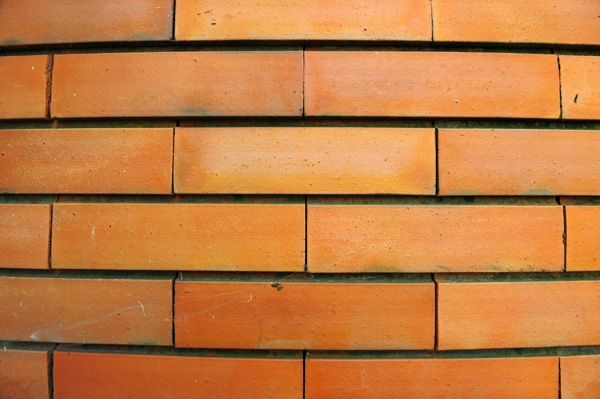
35m

70mm

The Nikkor produces a considerable amount of barrel distortion at 24mm that evens out at about 28-30mm. Above that, the distortion characteristic switches to pincushion type and remains constant up to 70mm.
Beware when shooting architecture at 24mm, especially horizontal lines. Above that there’s not much to complain about.
Vignetting
In this test, I shot a white wall at home using tungsten white balance and set exposure manually:
24mm

At 24mm, vignetting is very strong wide-open and down to f/4. By f/5.6 the light loss is acceptable and improves greatly afterwards.
35mm

At 35m there’s still an hefty amount of vignetting wide-open but almost vanishes at f/4.
70mm

At 70mm, the lens vignettes badly wide-open but quickly improves already at f/4. From f/5.6 and later there’s nothing to worry about.
The lens suffers from heavy vignetting at f/2.8 on both focal ends but the amount is very acceptable stopping down to f/4. This is particularly visible in short distance shots, but everywhere else it’s a lesser problem and some photographers like to add a touch of vignetting in post-processing, thus in the end it might be a non issue. For landscape photography be prepared to remove it in post or in camera.
Chromatic aberrations
For this test I shot a car from above on a bright sunny day early in the afternoon:
24mm
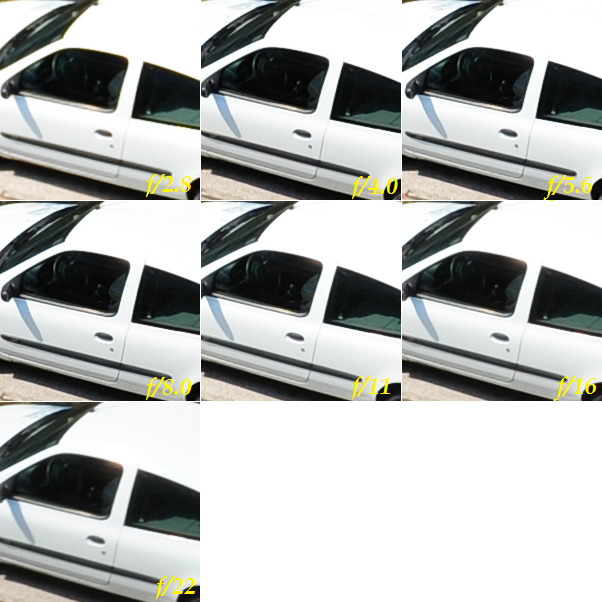
70mm
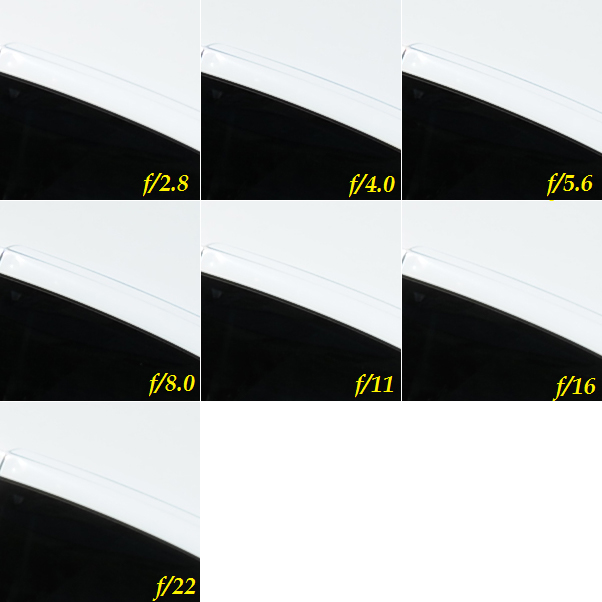
This lens employs three ED elements in its optical construction to reduce chromatic aberrations, and as expected it doesn’t disappoint in this matter. Sometimes there’s a small glimpse of purple fringing in the extreme corners at f/2.8, mainly at 24mm, but only if you’re shooting foliage against the sun or other extreme situations. This lens is amazing in this regard.
Coma
Coma was tested using a LED source, at home in a dark room.
I put the light source at the center (first column), corner and extreme corner of the frame (second and third columns, respectively), at maximum aperture and stopped down.
24mm
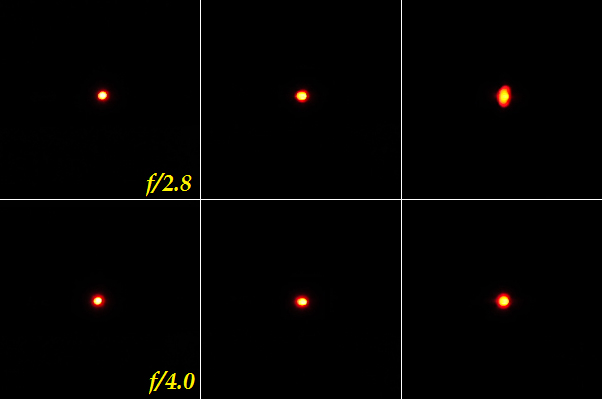
70mm

The lens suffers from a small amount of coma distortion wide-open at 24mm but it’s almost perfect at any other setting. This is perfect for astrophotography, you just have to remeber to stop down at 24mm.
Flare
My usual building shot for evaluating flare is no longer in construction, so this time I shoot foliage against the sun to see if I could get any flare vestiges. I started to shoot directly against the sun, then placed the sun at the corner and finally made some shots with the sun just outside the frame.
 |
| Shot directly against the sun. |
 |
| Shot with the sun placed at one corner of the frame. |
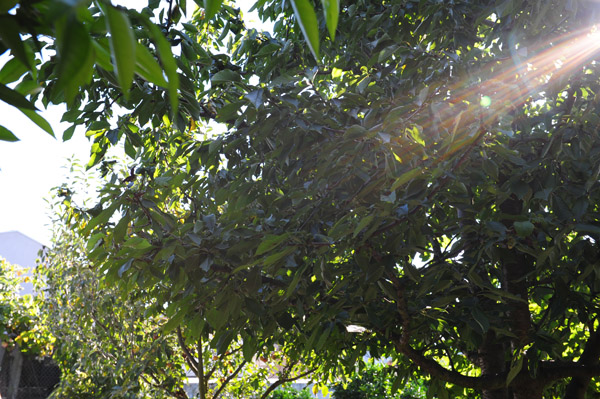 |
| Shot with the sun just outside the frame. |
This lens has one element with Nano Crystal Coat to reduce flare and ghosting and, contrary to what I found on the Micro-Nikkor AF-S 105mm f/2.8 G ED lens I reviewed, flare is well controlled to a minimum and contrast is always kept in high values. When shooting against the sun there’s a halo around it but it doesn’t occupy the entire image as happens with the Micro-Nikkor, and contrast is high in the rest of the image. Placing the sun in the corner of the frame makes the worst case possible revealing the internal reflections, but the worst thing is that blue tinted ray that ruins the shot. Mind you that I did this test without the lens hood, and in fact I can confirm that the hood is very efficient eliminating flare and ghosting. When the sun is just outside the frame there are vestiges of ghosting but there’s no veiling flare at all.
I can judge this lens based on using it with hood or not. Without the hood, flare can easily ruin a shot if you attempt to put it in a corner, and with the hood on the lens is simply superb.
Bokeh
The lens has 9 rounded aperture blades, thus it’s expected to get circular out of focus highlights. I took a defocused picture at the widest aperture of the city lights and got crops of the center, corner and extreme corners. The test was repeated for the subsequent two stops.
24mm

70mm

The bokeh produced with this lens is already quite good at 24mm in the center of the frame even stopping down, although can be a little distracting due to the edges at f/2.8. Another problem is that the corners may reveal some polygonal shapes. This level of performance is already amazing for a zoom lens and incredible for such low focal lengths. Zooming in to 70mm makes perfect out of focus highlights with only a slight amount of nervousness, and once again might produce some polygonization in the corners.
Overall, this is a superb performance for a standard zoom lens and leaves any other current contenders to dust.
Macro/Close-up
The Nikkor was capable to focus as close as 38 centimeters from the sensor plane, or 19 centimeters from the front element, resulting in a maximum magnification ratio of 1:3.7 at 70mm.
I shot an 1 Euro coin and this is what to expect at the minimum focus distance:
24mm

70mm

Summary
| Build quality | 10 | A bulky piece of metal that gives you confidence wherever you are |
| Handling | 9 | Except for the weight, it’s a compact lens with all rings in the right place and has lightning fast AF |
| Resolution | 8 | Great resolution overall, but its Achilles heal is the wide end |
| Distortion | 7 | Noticeable barrel distortion at 24mm and a little pincushion then |
| Vignetting | 8 | Strong at f/2.8 at any focal length but well controlled otherwise |
| Chromatic aberrations | 9 | Occasionally visible a glimpse in the extreme corners |
| Coma | 9 | Some distortion at 24mm and f/2.8, and that’s about it |
| Flare | 5 | Use the hood and the score becomes a 10 |
| Bokeh | 9 | Stunning for a standard zoom lens, even at 24mm versus some primes |
| Overall | 81% | A sharp and reliable standard zoom lens for the professional that just delivers the goods, anywhere and anytime |
Samples
Here are some samples of pictures I made with this lens. Settings: native JPEG, picture control set to Landscape mode, no post-processing applied except reducing to 600 pixel width.
 |
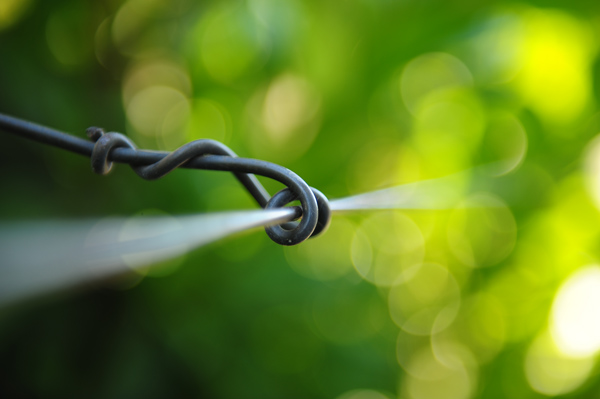 |
 |
 |
 |
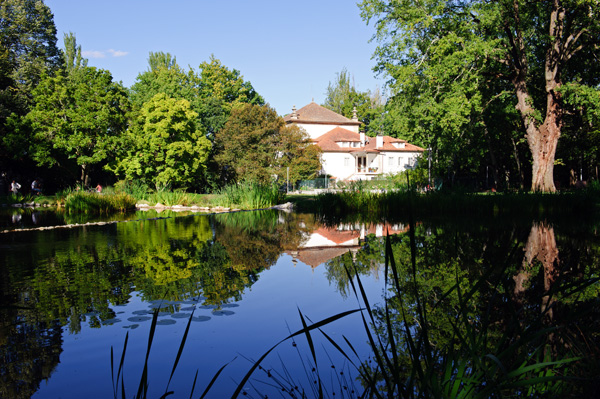 |